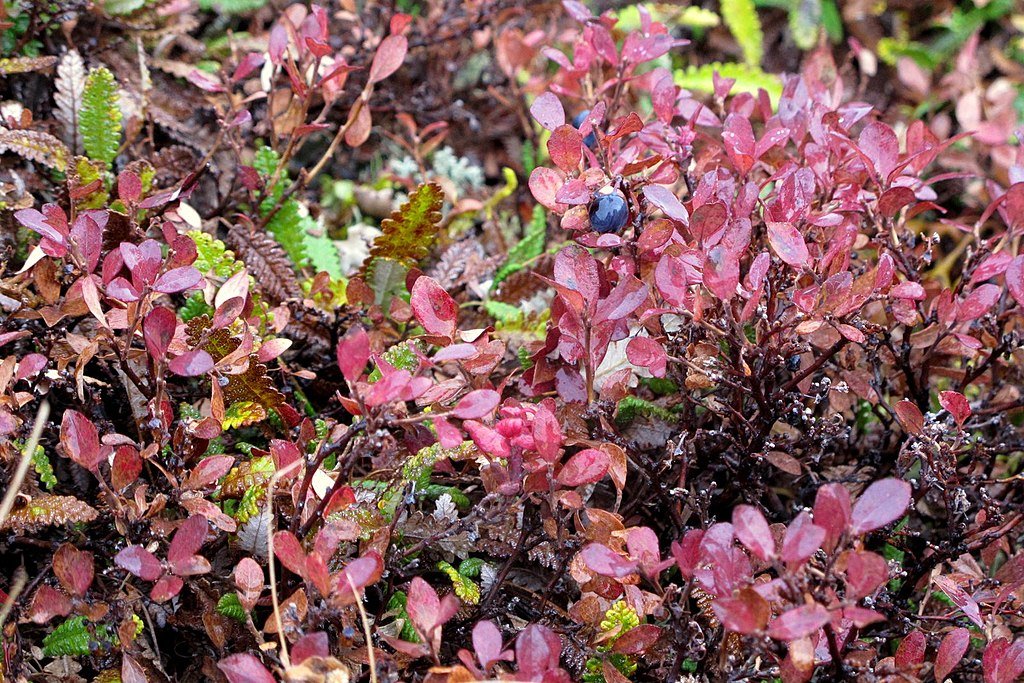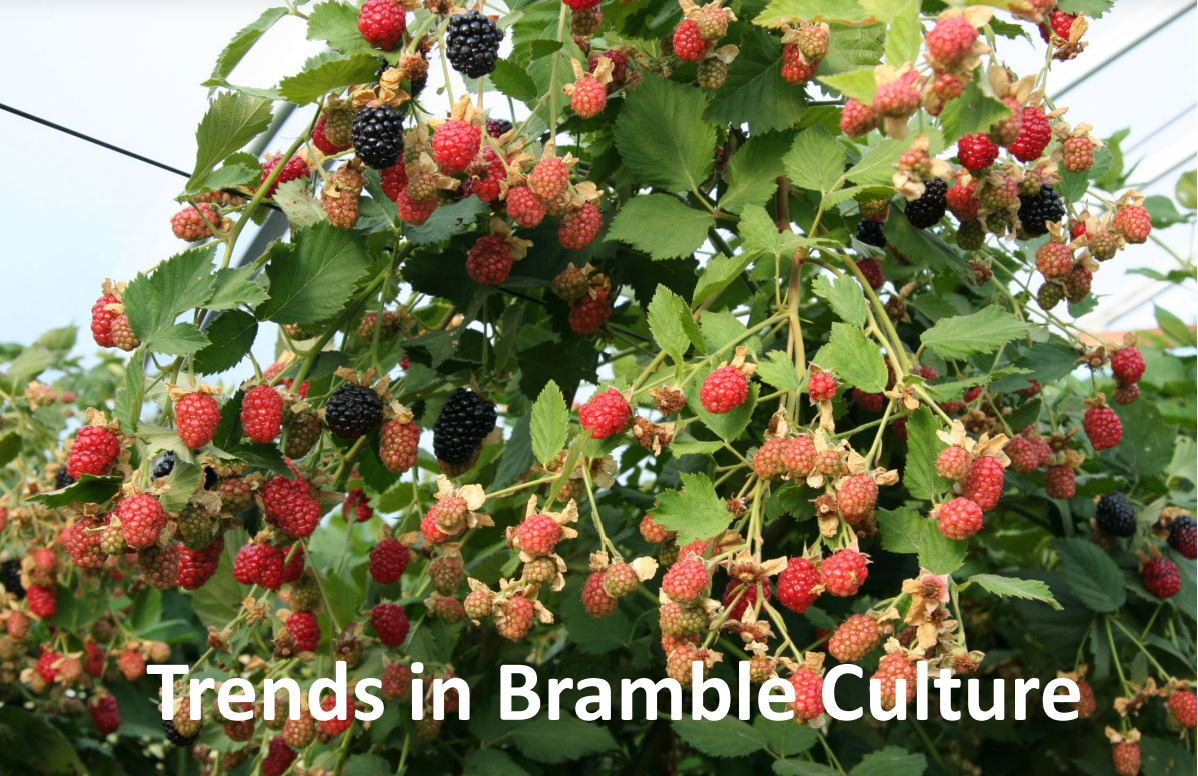By Iowa State University Extension and Outreach
Agritourism can be a fun and rewarding experience for landowners. With some careful planning and foresight, agritourism can provide supplemental revenue to a farm or become its main source of revenue.
Whatever your plans may be, make sure to do your homework. The excitement of a new idea or a new enterprise should not take the place of careful planning.
Kendra Meyer, a program specialist with Iowa State University Extension and Outreach’s Farm, Food and Enterprise Development program, recently published two fact sheets that help guide owners of agritourism enterprises through critical decisions that must be made.
“Getting Started in Agritourism” is a three-page checklist that covers basic considerations such as legal issues, food regulations, visitor accommodations, farm emergency preparedness, biosecurity, pesticide safety, public play area safety, employee management and marketing practices.
“Iowa Agritourism Business Start-up and Licensing Guide” is a two-page checklist that covers the legal and regulatory requirements of starting and licensing a business in Iowa.
[Editor’s note: although these guidelines were developed with Iowa businesses in mind, they still have helpful information for agritourism operations in all states.]
“These checklists help agritourism destination owners and workers take a look at simple but important tasks when creating or reviewing an enterprise,” said Meyer. “It is critical for the business and its success to make sure liability and regulatory requirements are met.”
Both documents are focused on risk management, according to Meyer, and are intended to simplify the process. Both also contain hyperlinks to state and federal entities involved with agritourism.
Meyer formed the checklists in response to comments shared from participating farmers, as well as the agritourism bus tours held the last two summers. The tour, as well as the checklists, are all part of a grant she received from the United States Department of Agriculture’s Sustainable Agriculture Research and Education program.
Both publications are available for free on the ISU Extension Store. For more information, Meyer can be reached at ksmeyer@iastate.edu or 515-294-9483.
















